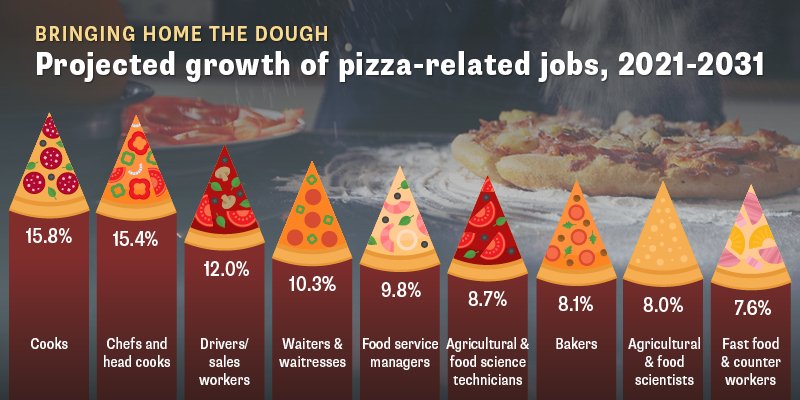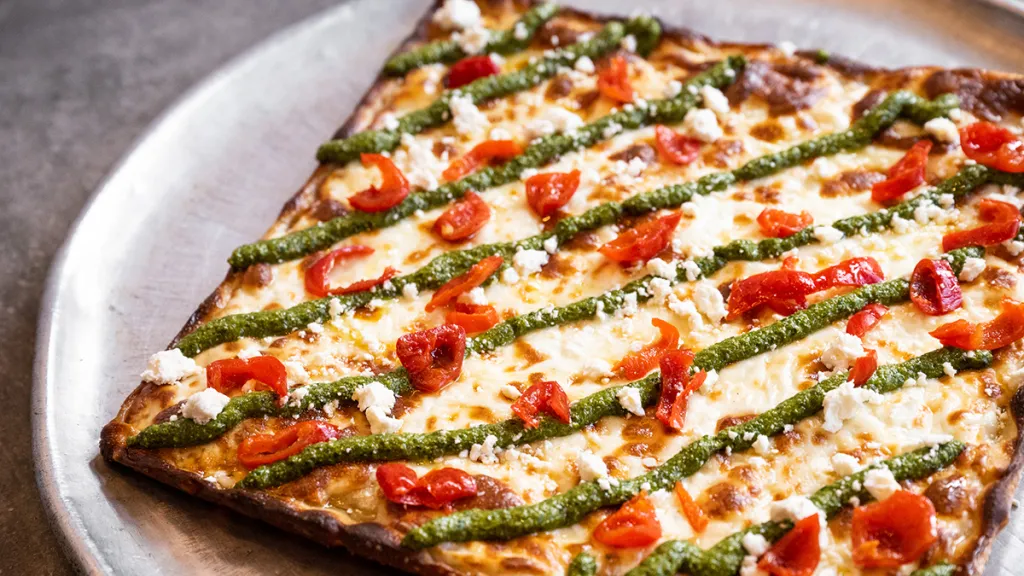Creating the perfect pizza involves a series of well-coordinated steps that ensure quality and consistency. Understanding the pizza process flow, from dough preparation to delivery, reveals the complexity and artistry behind this beloved dish. This article outlines the key stages of the pizza-making process, highlighting the critical elements that contribute to a delicious final product.

Dough Preparation
The journey of every pizza begins with the dough. This foundational element requires precise measurements and careful mixing to achieve the right texture and flavor. The primary ingredients for pizza dough include flour, water, yeast, salt, and sometimes sugar and olive oil.
- Mixing: The ingredients are combined in a specific order, typically starting with the yeast, water, and a portion of the flour. The mixture is then blended until it reaches a sticky consistency. Additional flour is added gradually to form a cohesive dough.
- Kneading: The dough is kneaded to develop gluten, which gives it elasticity and structure. This step can be done by hand or with a dough mixer. Proper kneading ensures the dough will rise correctly and have the desired chewiness.
- Fermentation: After kneading, the dough is left to ferment. This process allows the yeast to produce carbon dioxide, causing the dough to rise. Fermentation can take several hours and is crucial for developing flavor and texture. Some pizzerias use cold fermentation, refrigerating the dough for up to 24 hours to enhance flavor complexity.
Dough Handling and Shaping
Once the dough has fermented, it’s time to shape it into the familiar pizza base.
- Portioning: The risen dough is divided into individual portions, each representing one pizza. Portion sizes vary depending on the desired pizza size.
- Shaping: Each portion is then shaped into a pizza base. This can be done by hand-stretching or using a rolling pin. Hand-stretching is preferred for its ability to create a light, airy crust. The dough is gently stretched and spun to achieve the desired thickness and diameter.
- Pre-Baking (Optional): Some pizzerias partially bake the dough before adding toppings, especially for thicker crusts. This step ensures the crust cooks evenly and maintains its structure.
Topping Application
With the dough ready, the next step is to add the toppings. The selection and placement of toppings are crucial for balancing flavors and textures.
- Sauce: A layer of tomato sauce is spread evenly over the dough, leaving a border for the crust. The sauce can range from simple crushed tomatoes to complex blends of herbs and spices.
- Cheese: Mozzarella is the most common cheese used for pizza, known for its meltability and mild flavor. Other cheeses like provolone, parmesan, and cheddar may also be added for extra flavor.
- Toppings: The variety of toppings is endless, including meats (pepperoni, sausage, ham), vegetables (mushrooms, onions, bell peppers), and gourmet additions (truffle oil, arugula, prosciutto). Toppings should be distributed evenly to ensure every bite is balanced.
Baking
Baking is where the magic happens, transforming the raw ingredients into a cohesive and delicious pizza.
- Oven Type: The type of oven used can significantly impact the final product. Traditional wood-fired ovens provide high heat and impart a smoky flavor, while gas and electric ovens offer consistency and control.
- Temperature and Time: Pizzas are typically baked at high temperatures, ranging from 475°F (245°C) to 900°F (480°C). The baking time varies from a few minutes in a wood-fired oven to around 10-15 minutes in a conventional oven. The goal is to achieve a crispy crust, melted cheese, and fully cooked toppings.
- Monitoring: Pizzas need to be monitored closely to prevent burning. Rotating the pizza during baking ensures even cooking, especially in ovens with uneven heat distribution.
Finishing Touches
Once the pizza is out of the oven, a few finishing touches can elevate its flavor and presentation.
- Garnishing: Fresh herbs like basil or oregano, a drizzle of olive oil, or a sprinkle of grated cheese can enhance the pizza’s aroma and taste.
- Slicing: The pizza is sliced into portions, typically 6-8 slices for a standard pizza. This step should be done quickly to retain heat and ensure the cheese doesn’t slide off.
Delivery
For many pizzerias, delivery is a critical component of the business model.
- Packaging: Pizzas are placed in specially designed boxes that retain heat and prevent sogginess. Ventilation holes allow steam to escape, preserving the crust’s texture.
- Logistics: Efficient delivery logistics are essential to ensure pizzas arrive hot and fresh. This involves route planning, real-time tracking, and sometimes partnerships with delivery services.
- Customer Experience: Friendly and timely delivery enhances the overall customer experience. Pizzerias often include extras like dipping sauces, napkins, and promotional offers to add value.
Conclusion
The pizza process flow, from dough preparation to delivery, involves numerous steps, each critical to the final product’s quality and taste. By understanding and optimizing these processes, pizzerias can consistently deliver delicious pizzas that satisfy customers and stand out in a competitive market. Whether enjoyed in a restaurant or at home, the journey of a pizza from kitchen to table is a testament to the art and science of culinary craftsmanship.



